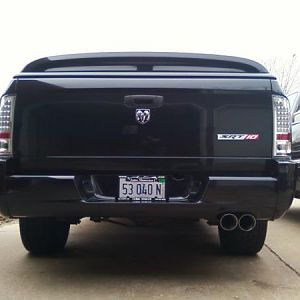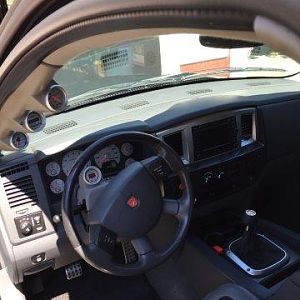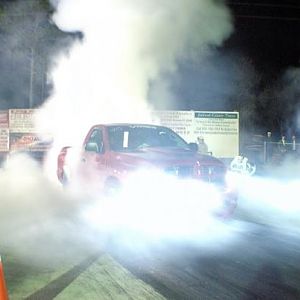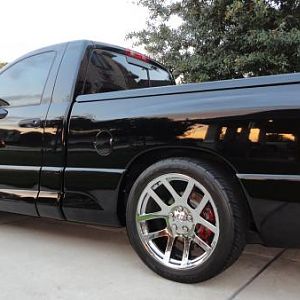rottenronnie said:There isn't much more you can do if you want to stay N.A.. Personally, I like N.A. for general performance use with these trucks. Done properly, it works well !
You can go with a ported throttle body and a drop-in K&N air filter. You could install an under-drive pulley (doesn't ADD power but frees some up and leaves more for the wheels). Drop your spare if you haven't already. Again it doesn't ADD power but losing that 97 pounds is like freeing up approx. 10 horsepower.
Change your plugs at 1/2 the recommended interval or even more often than that. Index your plugs (do a search through prior posts on this if you aren't sure about it).
Adding a cam without doing PROPER head mods is a lot of work and quite expensive for the return in power.
GOOD head work or even better, aftermarket heads WITH a GOOD cam will help A LOT. From there, a ported intake...maybe...it depends how far you want to go...??..
These engines love more compression...just watch the tune especially if you stay with the stock heads.
Again, depending on how far you want to go...and how much you want to spend.
Proper cylinder head work or outright swapping them for aftermarket units is a big step toward more power 'cause that is where power is made.
Keep in mind in the end, regardless of what you have done to the o.e.m. heads, you won't end up (more or less) eliminating the intake dogleg the stockers have nor will you end up with a modern design, fast-burn combustion chamber, or an extra thick rigid deck, like you WILL have with aftermarket heads. The aftermarket heads are more money but have some important advantages over the modified stockers (quality of flow and more of it). They have a MUCH cleaner burn AND your engine will run considerably cooler due to increased coolant flow in and around the heads. The difference in power is amazing and, with a proper cam choice you will pick up some gas mileage!
Open your wallet, make good choices, and go have some fun !
Ronnie
so a real nice N/A build would be forged short block, heads, cam to match, Hogan's intake, BBK TB, good tune by Sean & one would have a very strong engine that ya could jump in & run to the store or hammer down for a 1500 mile trip????
:rock: :rock: :rock: :burnout: :burnout: :burnout:
are there any other aftermarket heads for the Gen III other than the Strikers?????






